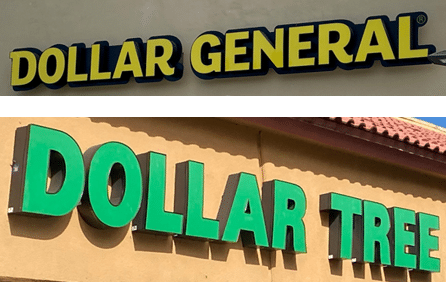Now that the holidays are behind us, did you notice how many days are named for shopping? Black Friday, Cyber Monday, Small Business Saturday, and Super Saturday are all special ways to shout – SALES. As if these designated shopping days aren’t enough, there’s no shortage of last minute specials with their blow out prices throughout the holiday shopping season.
If you’re not a retailer, ever stop and wonder what your industry would be like if everyone had designated sales days?
The assumption made by retailers is that shoppers won’t buy anything that isn’t on sale. This belief may have been confirmed to me during a local TV news story I saw in November about Black Friday. During the story, many shoppers at a local mall were interviewed, with the final interviewee summing it up, “I don’t even go into a store unless they have a sale of at least 50% off.”
This made me wonder – how price driven are buyers really?
Missed by the local TV media coverage was an interesting observation I’ve seen in malls across the country: the most crowded retail store is the Apple store, and Apple isn’t exactly known for being inexpensive.
This dichotomy highlights a marketing and sales reality – when you are able to convey a strong value proposition that taps into what buyers want, like Apple does, you don’t need to rely upon sales or price cutting to drum up interest. If, on the other hand, your value proposition is little known, understood, or appreciated by buyers, then lower prices and big sales may be necessary to attract interest. Most retailers see themselves as commodities, and so far, they are right.
The downside to a reliance upon lower prices/sales is that it is a race to the bottom. As the above interview makes clear, 25-30% off isn’t enough in today’s climate. Can your company afford to cut prices in half just to get someone interested in your product/service? What those price cuts telegraph to buyers is what an incredibly high markup there is on their products. And, sadly, once you go down the price cutting path, it can be hard to stop (think Macy’s or Bed, Bath & Beyond and the fact that they send new coupons nearly every day).
Most companies don’t have the innovation history and reputation, or the strong emotional tie that Apple’s products have. But there is a lesson to learn from Apple. It wasn’t all that long ago that Apple was nearing bankruptcy, having failed to compete effectively with the 800 pound gorilla (IBM in the PC market). They could have given up and been relegated to forgotten status (Gateway, Compaq, Digital), but their focus on providing customer value steered them in new directions and completely changed their internal investments.
If you can create a strong value proposition in the mind of the customer, lower prices or big sales are less needed. To us, a strong value proposition begins with your customer. That may seem obvious, but what we’ve learned from working with many companies in many different industries is that the view of the customer is frequently tainted by price negotiations.
Buyers who negotiate fiercely and pit one company against another leave the impression that the only thing they care about is a lower price. Ever notice how it is in their best interest to level the playing field and make every competitor the same? Like retailers, if you can’t meaningfully differentiate your organization, than you have been reduced to a commodity.
It can be easy to fall into the commodity trap, and difficult to climb out. It’s especially difficult if everyone is convinced that price is the only meaningful factor in the buyer’s decision. It’s incumbent upon leadership to create and communicate your value proposition, and that they not allow the organization to be reduced to commodity status.
If this reality hits close to home, here’s a few steps you can take to shift internal thinking away from price and towards value:
- Find out what customers are willing to pay more for. The answer is almost never “nothing.”
- Find out what customers aren’t willing to pay more for. If you invest a lot of internal resources on something that doesn’t create the impression of adding value, then you will stay stuck in commodity status.
- There’s a line in negotiation where the buyer is willing to say “yes,” but they continue negotiating for a lower price. It can be a fine balance learning when to say “no,” but most organizations have stories to tell about how they said “no” and still got the business. Learn how and when to say “no.”
If these steps are difficult to manage internally, call us at Smart Advantage. Our focus in on helping companies uncover and communicate their competitive advantages. We specifically help companies move away from commodity status.
Submitted by Brian Neff, Senior Consultant, Smart Advantage,Inc.

